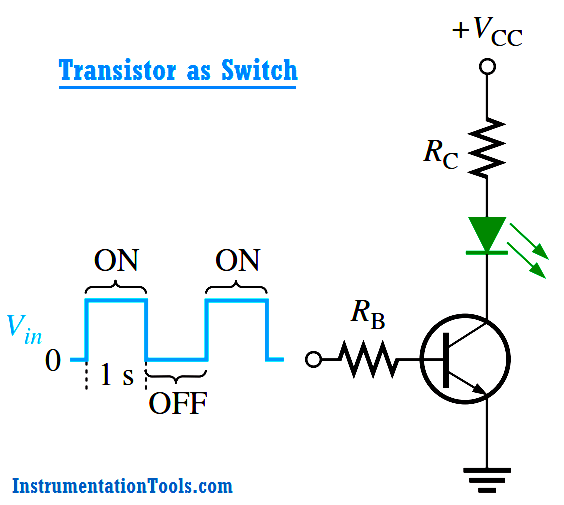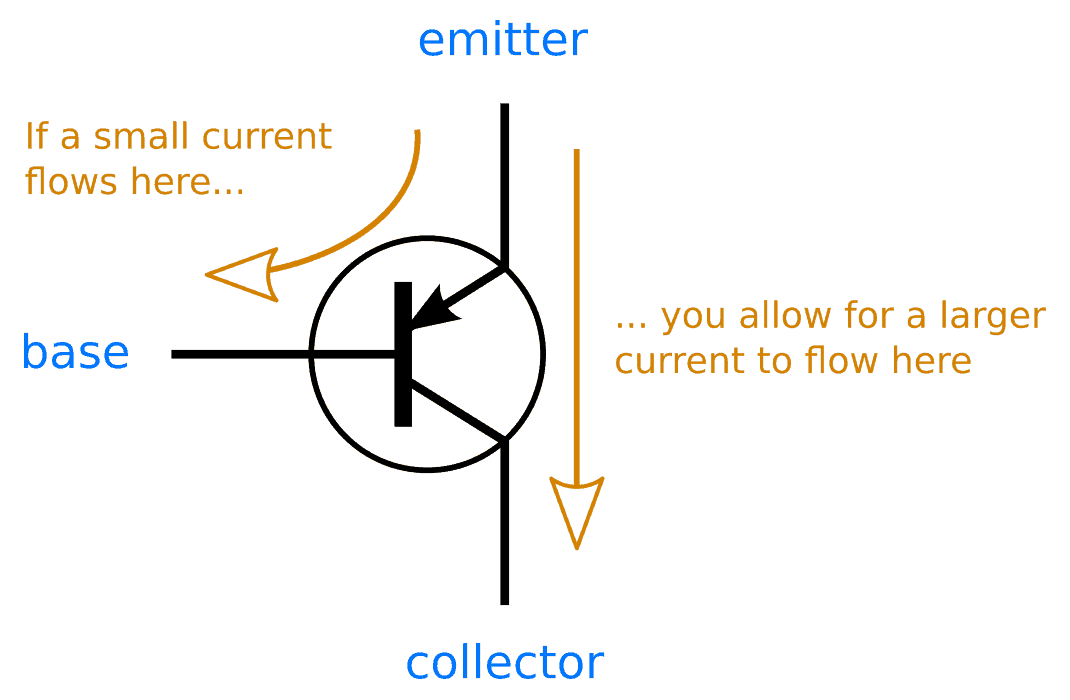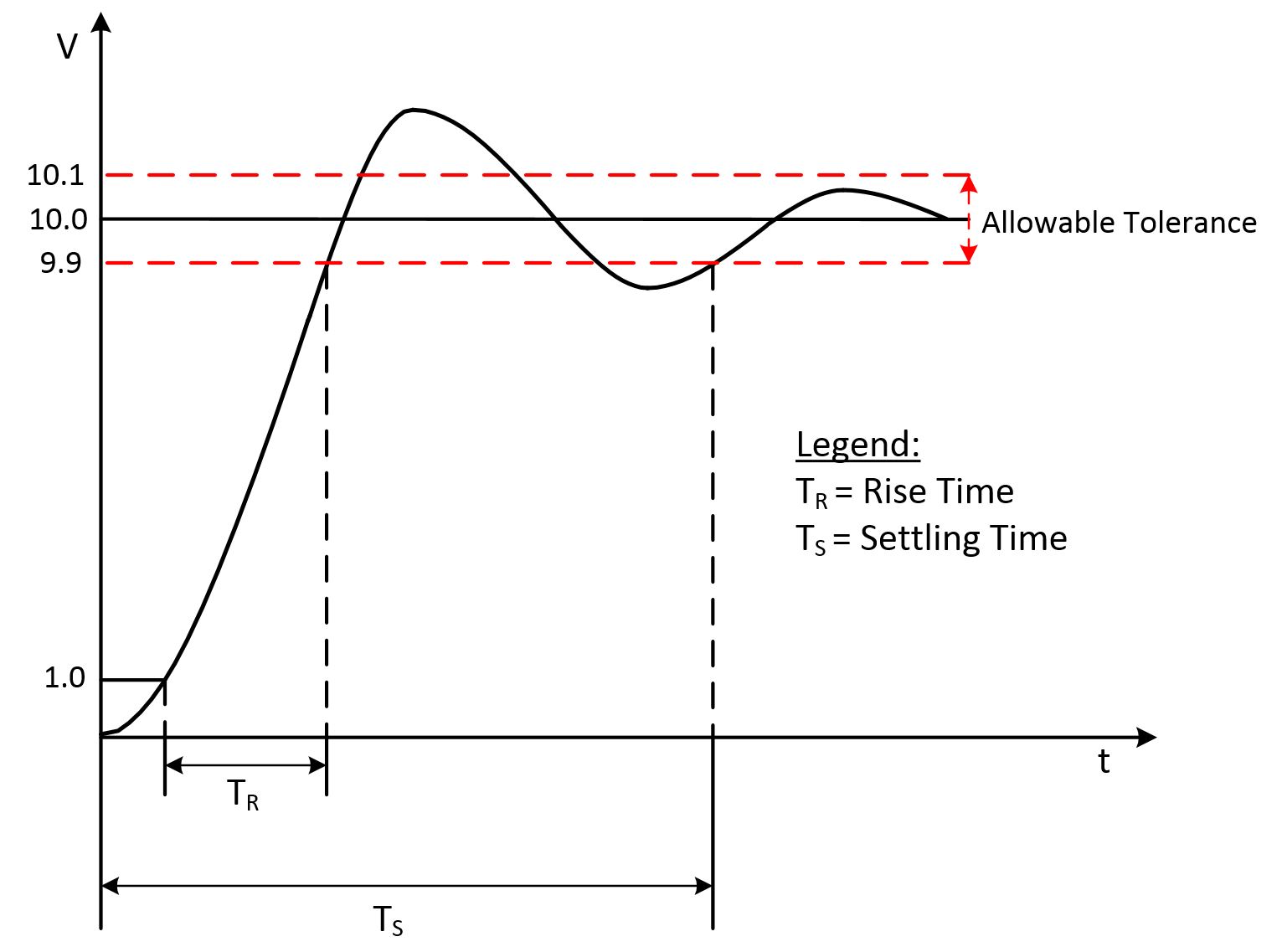Transistor As A Switch And Switching Times Presentation
| Introduction - Transistor as a Switch and Switching Times | ||
|---|---|---|
| Transistors are widely used as electronic switches due to their ability to control the flow of current. By properly biasing a transistor, it can be turned on or off, allowing or blocking the flow of current respectively. The switching times of a transistor refer to the time it takes for the transistor to transition from one state to another. | ||
| 1 | ||
| Transistor Basics | ||
|---|---|---|
| A transistor is a three-layer semiconductor device consisting of a base, emitter, and collector. In an NPN transistor, the base-emitter junction is forward-biased, allowing current to flow. When a positive voltage is applied to the base, it allows a larger current to flow from the collector to the emitter. | ||
| 2 | ||
| Transistor as a Switch | ||
|---|---|---|
| When a transistor is used as a switch, it operates in either the cutoff or saturation region. In cutoff, the transistor is off, and no current flows between the collector and emitter. In saturation, the transistor is fully on, and current flows freely between the collector and emitter. | ||
| 3 | ||
| Switching Times | ||
|---|---|---|
| Rise Time: The time it takes for the transistor to switch from the off state to the on state. Fall Time: The time it takes for the transistor to switch from the on state to the off state. Storage Time: The time it takes for the charge carriers stored in the base region to dissipate when turning off the transistor. | ||
| 4 | ||
| Factors Affecting Switching Times | ||
|---|---|---|
| Transistor Type: Different transistor types (e.g., bipolar junction transistor, field-effect transistor) have different switching characteristics. Biasing Conditions: Proper biasing conditions help achieve faster switching times. Load Characteristics: The load connected to the transistor can affect its switching times. | ||
| 5 | ||
| Improving Switching Times | ||
|---|---|---|
| Transistor Selection: Choosing a transistor with faster switching characteristics can improve overall performance. Proper Biasing: Applying the correct bias voltage and current levels can optimize switching times. Load Optimization: Matching the load characteristics to the transistor's capabilities can reduce switching times. | ||
| 6 | ||
| Applications of Transistor Switching | ||
|---|---|---|
| Transistor switching is widely used in digital electronics, such as computer circuits, microcontrollers, and logic gates. It is also used in power electronics for applications like motor control, power supply regulation, and RF amplification. Transistor switching is crucial in telecommunications for signal processing, modulation, and demodulation. | ||
| 7 | ||
| Conclusion | ||
|---|---|---|
| Transistors are versatile components that can be used as electronic switches. Understanding the switching times and optimizing them can improve the performance of transistor-based circuits. Transistor switching plays a vital role in various applications, contributing to the advancement of modern technology. | ||
| 8 | ||






